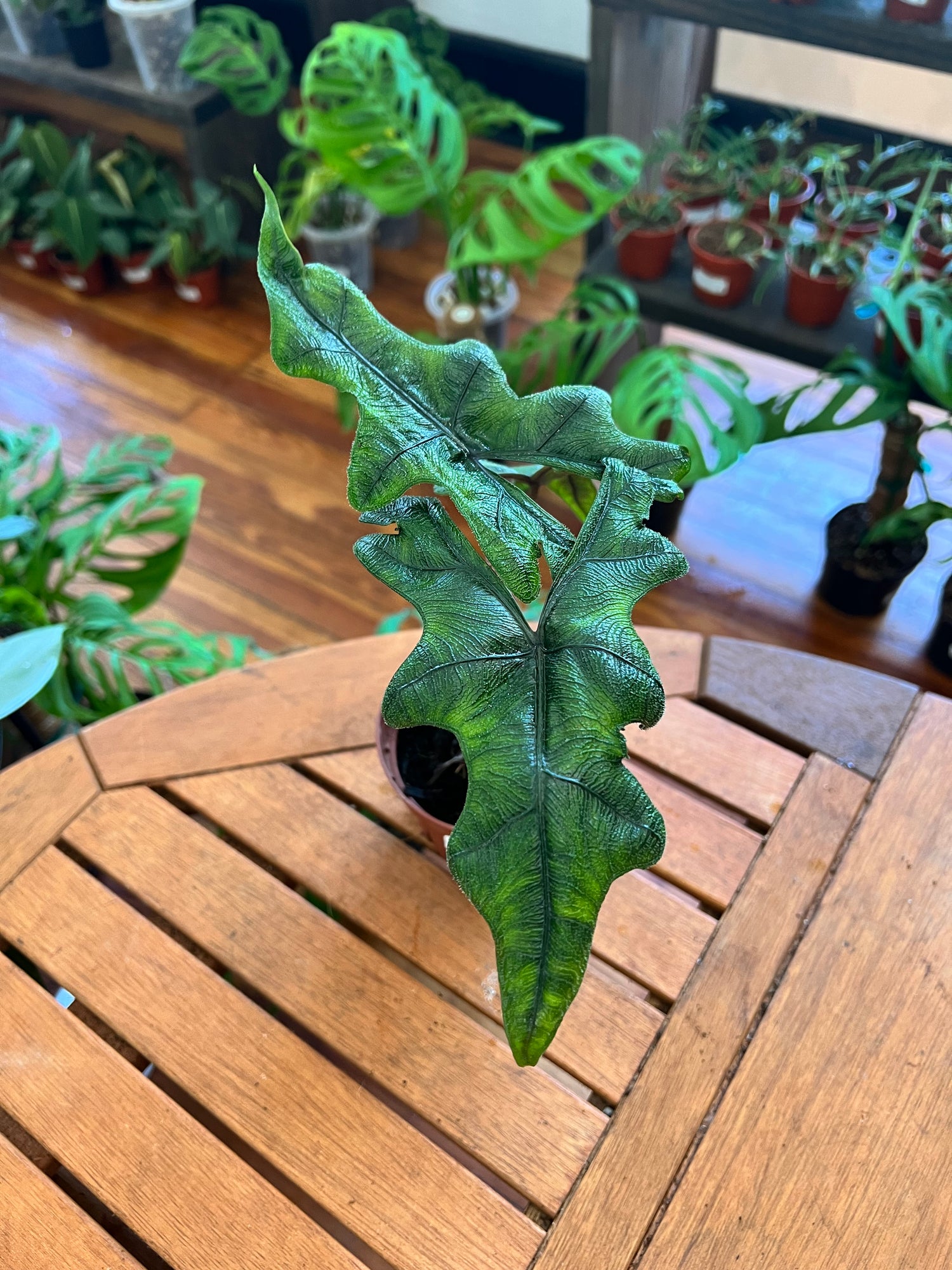Hoyas, also known as wax plants or porcelain flowers, are a group of houseplants that have taken the plant-loving world by storm. Their captivating appearance, easy care requirements, and intriguing history make them a delightful addition to any indoor garden. In this blog, we'll explore the origin of hoyas, delve into some popular varieties, discover rare hoya gems, learn general care instructions, uncover propagation tips, and unveil fun facts about these mesmerizing plants.
The Origin of Hoyas:
Hoyas originate from the tropical and subtropical regions of Asia, Australia, and the Pacific Islands. The genus Hoya, which belongs to the Apocynaceae family, boasts over 200 species. The name "Hoya" was given in honor of Thomas Hoy, a botanist from the 18th century. These plants have been cultivated for centuries due to their attractive, waxy blooms, making them a cherished ornamental houseplant.
Popular Hoya Varieties:
-
Hoya Carnosa: This classic hoya is often the first choice for plant enthusiasts. Its thick, waxy leaves and star-shaped flowers in shades of pink, red, or white make it a charming addition to any space.
-
Hoya Kerrii (Sweetheart Plant): This variety is known for its heart-shaped leaves, making it a symbol of love and friendship. It's often gifted as a token of affection.
-
Hoya Pubicalyx: With elongated, dark green leaves and clusters of fragrant, burgundy flowers, this hoya adds an air of elegance to your home.
-
Hoya Linearis: Its long, slender, trailing vines and small, tubular blooms create a captivating, cascading effect.
Rare Hoya Varieties:
For collectors and enthusiasts, rare hoya varieties are like hidden treasures waiting to be discovered. Some notable ones include:
-
Hoya Serpens: With its charming, tightly clustered, fuzzy green leaves and tiny star-shaped flowers, this hoya is an alluring rarity.
-
Hoya Dischidia Nummularia: Sometimes referred to as the "string of nickels," this hoya variety features round, silver-dollar-like leaves on cascading vines.
-
Hoya Mindorensis: Native to the Philippines, this hoya species boasts small, striking red or orange flowers with a pleasant fragrance.
General Care Instructions:
Hoyas are generally easy to care for, making them an excellent choice for both beginners and experienced plant enthusiasts. Here are some care tips:
-
Light: Hoyas thrive in bright, indirect sunlight. They can tolerate lower light conditions, but they may not bloom as prolifically.
-
Watering: Allow the top inch or two of the soil to dry before watering. Overwatering can lead to root rot, so it's essential to maintain well-draining soil.
-
Temperature: Keep your hoya in a warm environment, ideally between 60-80°F (15-27°C). They are sensitive to cold temperatures.
-
Humidity: Hoyas appreciate higher humidity levels, but they can adapt to lower humidity if needed.
-
Fertilization: Feed your hoya with a balanced, liquid fertilizer during the growing season (spring and summer) every 4-6 weeks.
-
Pruning: Regularly prune to encourage bushier growth and remove any leggy or unhealthy stems.
Propagation Tips:
Hoyas can be propagated through stem cuttings. Here's a simple method:
-
Select a healthy stem with at least two leaves.
-
Cut the stem just below a leaf node.
-
Place the cutting in water or plant it directly in a well-draining mix.
-
Keep it in a warm, bright location, and roots should start to develop in a few weeks.
Fun Facts:
-
Air-Purifying Abilities: Hoyas, like many other indoor plants, can help improve air quality by removing pollutants and increasing oxygen levels.
-
Longevity: Some hoya species are known to be incredibly long-lived, with reports of individual plants surviving for several decades.
-
Intriguing Blooms: Hoyas often take several years to bloom, but when they do, their waxy, star-shaped flowers emit a sweet, honey-like fragrance that can fill a room.
Hoyas are more than just houseplants; they're living works of art that tell a story of nature's beauty. Whether you're a seasoned plant collector or just starting your indoor garden, these captivating plants offer a touch of elegance and a rewarding growing experience. So, why not add a hoya or two to your plant collection and embark on a journey of discovery and delight with these enchanting botanical wonders?

